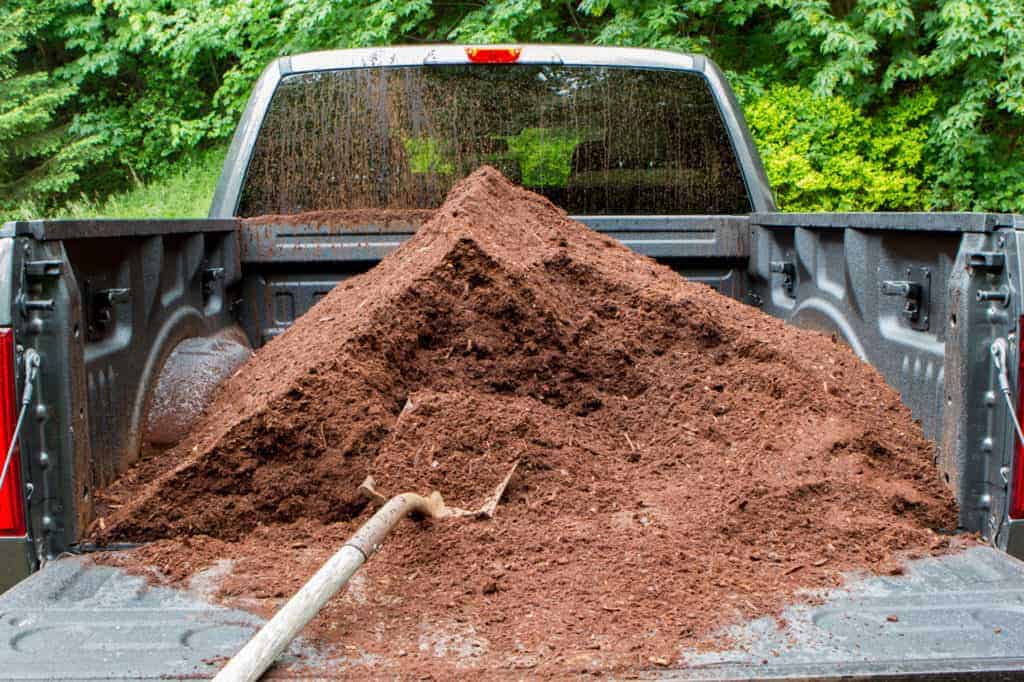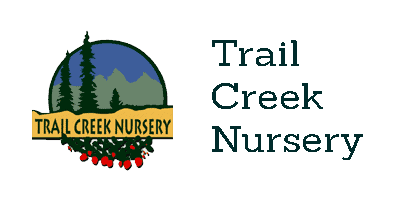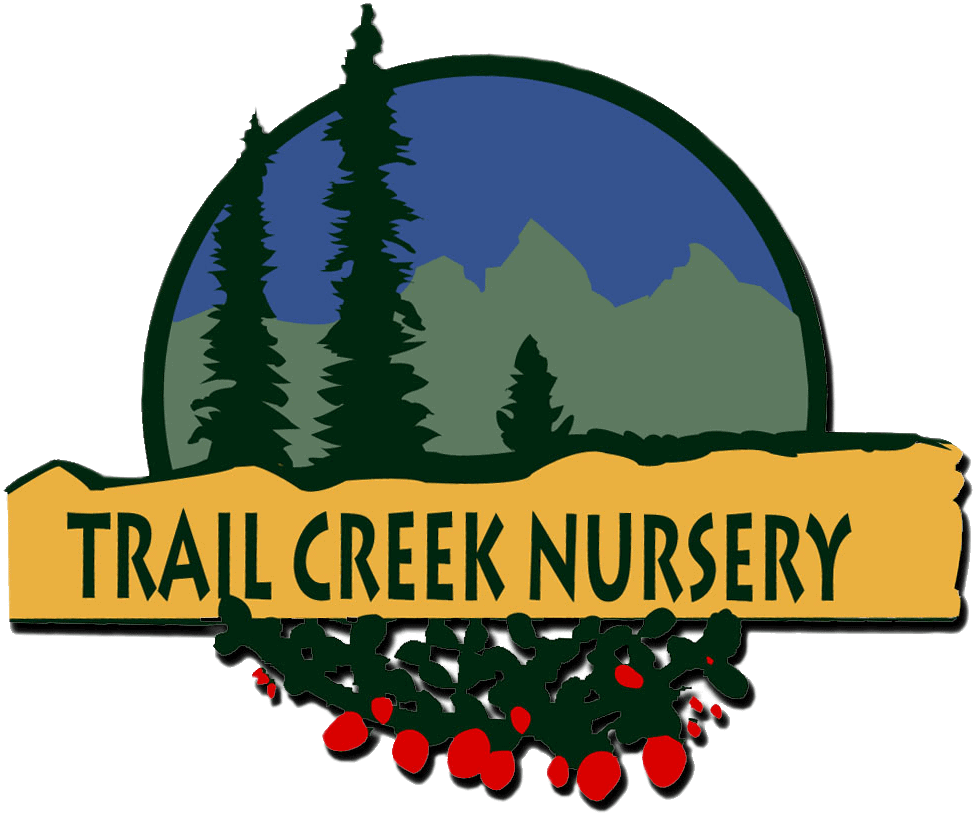 Landscaping is hard work, and we at Trail Creek Nursery we understand that more than most! Whether you’re scaping a small back garden or a larger garden plot, it can take a lot of time, a lot of energy and money. The last thing you want, therefore, is your plants and flowers dying too soon, or never really being able to grow at all. Having to redo a lot of that work, not to mention funding it, will be a nightmare and something you should do all you can to avoid.
Landscaping is hard work, and we at Trail Creek Nursery we understand that more than most! Whether you’re scaping a small back garden or a larger garden plot, it can take a lot of time, a lot of energy and money. The last thing you want, therefore, is your plants and flowers dying too soon, or never really being able to grow at all. Having to redo a lot of that work, not to mention funding it, will be a nightmare and something you should do all you can to avoid.
A great way of protecting your plants, improving fertility and supporting longer, healthier life is using Mulch. But we often get asked by homeowners, what exactly is Mulch – and How Do I use it?
What is Mulch?
Mulch is a layer of material, usually organic in nature, that is applied to the soil’s surface. Organic materials that are easily accessible and used as Mulch include:
- Leaves that fall from trees during the fall. These can be chopped or shredded and then applied on top of the soil.
- Recent grass clippings obtained after mowing. Once left to dry, these can then be applied to the soil’s surface. Ensure the grass clippings are recent however, as rotting grass clippings can do more harm than good to the soil!
- Wood chips, a byproduct of tree pruning, is another great material for Mulch and is a good option for those wanting to keep an attractive landscape because wood chips come in multiple colors.
- Bark chips work just like wood chips but don’t look as nice.
- Peat moss is a further option, but one that is not environmentally friendly so is best avoided.
There are also a few artificial Mulch materials:
- Whilst paper and card comes from tree’s, it’s technically an artificial material – newspapers, cardboard, etc are easily accessible materials for Mulch.
- Old and unused carpet can be used and applied to the surface of the soil.
- Rubber Mulch, which is usually created from recycled tire rubber, is another artificial alternative.
- Plastic is another option, but one that is less environmentally friendly and best left alone.
What is Mulch used for?
Now that we know what can be used to create Mulch, just what exactly is it used for? As already mentioned, Mulch is used to fertilize and provide long-lasting health for the soil it is applied to. The healthier the soil, the longer and healthier the plants and flowers will be that are growing in the soil.
But how exactly does Mulch achieve this? Firstly, Mulch helps keep the soil at the right temperature. Soil gets cold, especially during the nights, and Mulch helps keep the soil warm and retain its warmth. This will then encourage faster growth of the plants/flowers embedded in the soil.
Mulch plays other roles too – preventing the growth of weeds from seeds which again, encourages healthy long-lasting growth. All of this is achieved by forming a protective layer between soil and sunlight, reducing evaporation.
Why should I use Mulch?
At first sight, Mulch can be seen as just another landscaping cost and one that might not really make that much of a difference. But in truth, Mulch can make or break your garden or landscaping project.
It’s a proven technique to encourage soil growth and thus growth and health of your plants and flowers. Using Mulch will absolutely save you time and money, both in the short and long term.
Plus, most if not all of the organic and artificial materials that can be used for Mulch are easily accessible. Some of the materials can even be gathered from your current garden, meaning it won’t cost you a thing. Other materials cost very little in comparison to the time and money it will save you.
How is Mulch used?
The benefits of Mulch are clear and are essential for a long-lasting, healthy and beautiful garden or landscape. But, if used incorrectly, Mulch can also do harm. So it’s paramount to understand fully how to use it.
Mulch provides a protective layer, but if that layer is too shallow, or too deep, it can do more harm than good. When applying your chosen Mulch material, ensure it is around 2 inches or 5.1cm deep. Anything less and the protection it gives is reduced. Anything more and the Mulch becomes more of a problem than what it protects against.
Mulch should also be applied at different times of the year, depending on how you want to use it. As covered, Mulch helps retain heat during night times. Whilst this is something it
does all year round, it is obviously colder in fall and winter. As soon as summer ends and fall begins, start layering Mulch to keep the soil warm. Mulch should also be applied when winter ends and spring starts, to help protect the soil from too much evaporation as the temperature rises and the days become longer.
We hope this post has been useful – whether you’re a homeowner who has a small garden plot, or a larger landscape to manage, you always want to keep in mind using Mulch to protect your soil and plants – ensuring your hard work, time and money isn’t wasted, and you have a beautiful and healthy environment to be around.


